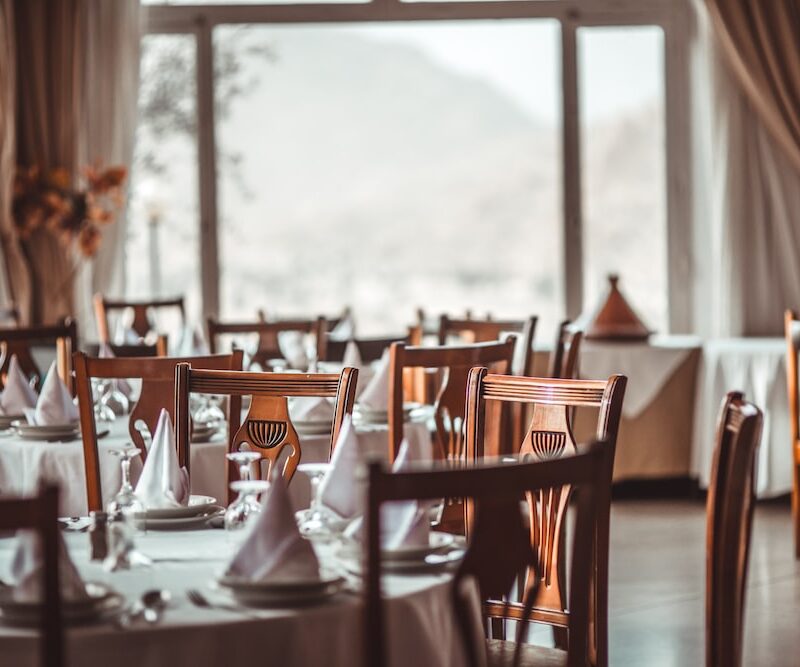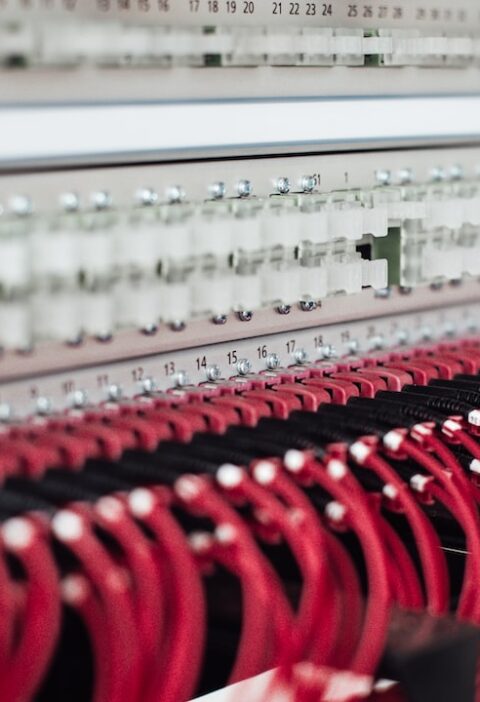In a city like Brampton, known for its rich cultural diversity, investing in a restaurant can be quite an interesting project.
However, beyond the culinary charm and the prospect of owning a dining establishment, it’s essential to also consider the financial aspects involved.
The restaurant industry is infamous for its challenges, and financial preparation is key to ensuring a successful venture.
In this article, we will explore some of the crucial financial considerations, as well as the costs and renovation needs you should be aware of before purchasing a restaurant in Brampton.
Financial Preparation for a Brampton Restaurant
Purchase Price and Financing
The first financial aspect to consider is the purchase price of the restaurant. Determine if you have the capital to buy it outright or if you’ll need financing.
When you start to consider buying a restaurant for sale in Brampton, it’s essential to establish a budget for your purchase and ensure you have the means to cover not only the acquisition cost but also additional expenses that may arise during the transition.
Due Diligence
Financial due diligence is key when buying a Brampton restaurant. Examine the financial records, including income statements, balance sheets, and tax returns, to assess the current financial health of the business.
Carefully go over all of the expenses and the revenue streams, as well as the restaurant’s profit margins. Consult with an accountant or financial advisor if you need help analyzing the financial aspects more comprehensively and ensure the business is a viable investment.
Lease and Rent
Most restaurant businesses in Brampton operate within leased spaces. Review the lease agreement meticulously, as it can significantly impact your financial obligations. Pay attention to rental rates, lease duration, and any potential rent increases.
Negotiate favorable lease terms when possible, as high rent costs can affect your profitability.
Renovation and Remodeling Costs
Evaluate the condition of the restaurant’s physical space and equipment. Renovation and remodeling may be necessary to update the interior, kitchen, or dining area to meet your vision and local health and safety standards.
Budget for these expenses accordingly, considering factors like kitchen equipment upgrades, interior decor changes, and any structural modifications.
Staffing Costs
The existing staff and management team can significantly affect your financial picture. Consider whether you plan to retain the current staff or hire new employees.
Training costs, salaries, and benefits should all be factored into your financial planning, as it’s vital to ensure you have a capable and motivated team in place to provide excellent customer service.
Marketing and Branding Expenses
Creating a strong brand and marketing strategy will help you attract new customers in a competitive market like Brampton.
Allocate funds for branding initiatives, website development, and social media marketing promoting the restaurant’s fabulous food. Building and maintaining your restaurant’s strong online presence can be a significant ongoing expense.
Inventory and Supply Costs
Assess the restaurant’s inventory and supplier relationships. You’ll need to budget for initial inventory purchases, and ongoing supply costs will impact your financial statements. Negotiating favorable contracts with suppliers and monitoring inventory turnover can help control these costs.
Regulatory Compliance
Compliance with local regulations and permits is non-negotiable when operating a restaurant. Budget for health and safety inspections, liquor licenses, food handling certifications, and any other necessary permits.
Non-compliance can result in fines, penalties, or even closure, so it’s essential to allocate funds for these requirements.
Cash Flow Management
Maintaining a healthy cash flow is crucial in the restaurant industry. Monitor your daily and monthly expenses diligently, including rent, payroll, utilities, and supplier payments.
Keep a cash reserve for unexpected expenses and seasonal fluctuations in revenue. Effective cash flow management can help you navigate the financial challenges of the restaurant business.
Contingency Fund
Unforeseen expenses are inevitable in the restaurant industry. It’s wise to establish a contingency fund to cover unexpected costs such as equipment breakdowns, emergency repairs, or unexpected dips in revenue.
Having a financial safety net can help you weather the inevitable storms that come with restaurant ownership.
Conclusion
Purchasing a restaurant for sale in Brampton involves a substantial financial commitment, and understanding the financial aspects is essential for success. Whether you’re assessing the purchase price, conducting due diligence, budgeting for renovation and remodeling, or managing ongoing expenses, meticulous financial planning is crucial.
By addressing these financial considerations comprehensively and staying financially prepared, you can increase your chances of not only surviving but thriving in Brampton’s competitive restaurant landscape.
A well-planned financial strategy will ensure that your restaurant venture in Brampton stands the test of time and provides a rewarding culinary experience for years to come.







